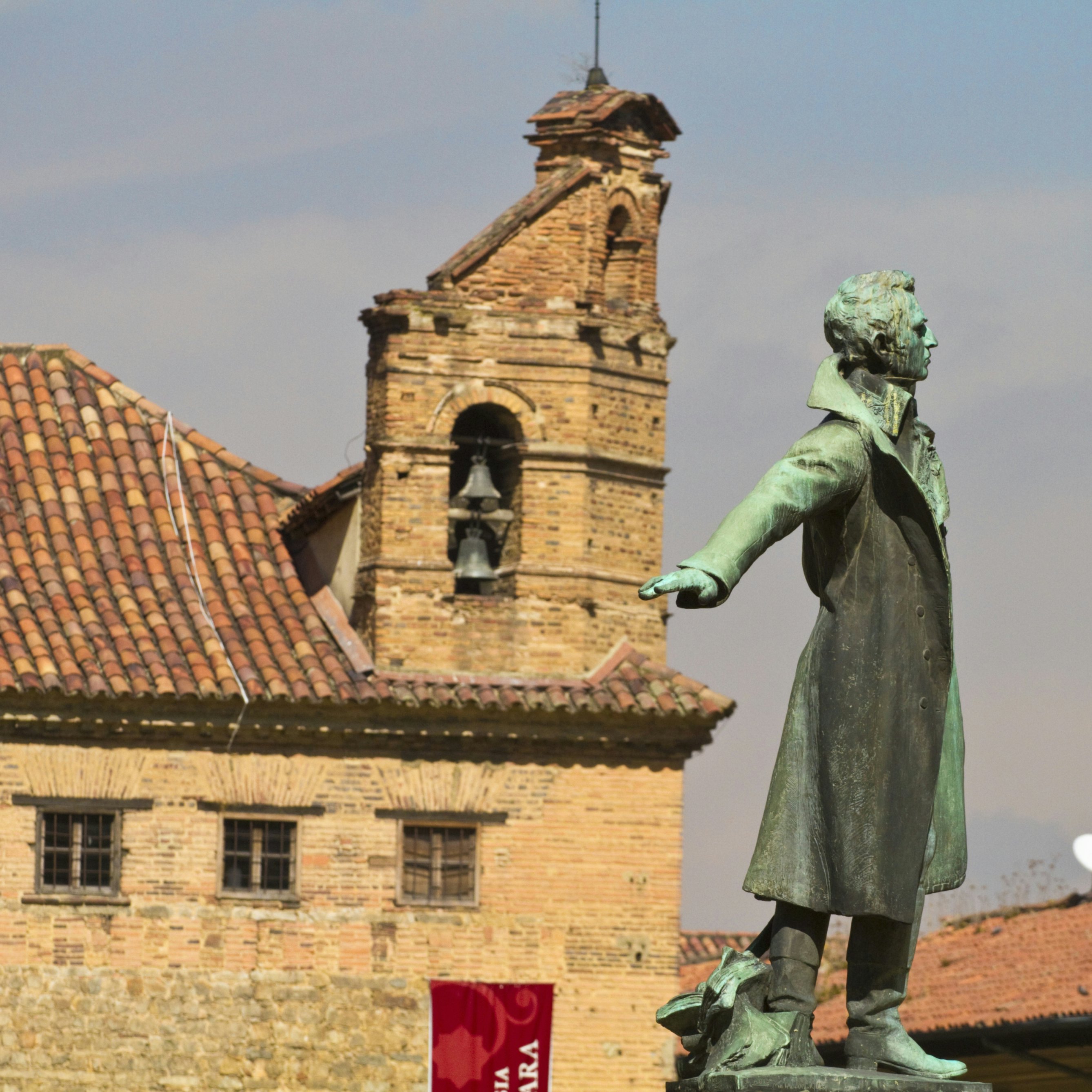

© iStock
Overview
Bogotá is Colombia's beating heart, an engaging and vibrant capital cradled by chilly Andean peaks and steeped in sophisticated urban cool.
Leave the planning to a local expert
Experience the real Bogotá. Let a local expert handle the planning for you.
Must-see attractions
Planning Tools
Expert guidance to help you plan your trip
Best Things to Do
From street art to salsa dancing to lively markets, Bogotá brims with fabulous experiences. These are 13 of our favorite ones.
Read full article
Transportation
The traffic in Bogotá may be notorious but there are ways to avoid it. Here's how to navigate the Colombian capital with zero stress.
Read full article
Free Things to Do
Bogotá beckons to budget-friendly travelers. Here are nine fabulous things to do in the Colombian capital that won’t cost you a single peso.
Read full article
Best Neighborhoods
Whether you want to be near historic attractions and museums, leafy parks, chic cafes or live-music venues, there’s a Bogotá neighborhood for you.
Read full article
Day Trips
Beyond Bogotá you'll find a wide variety of easy day trips that get you out into nature - with hiking, rock climbing and a surprising theme park.
Read full article
Get a book. Get inspired. Get exploring.
in partnership with getyourguide















